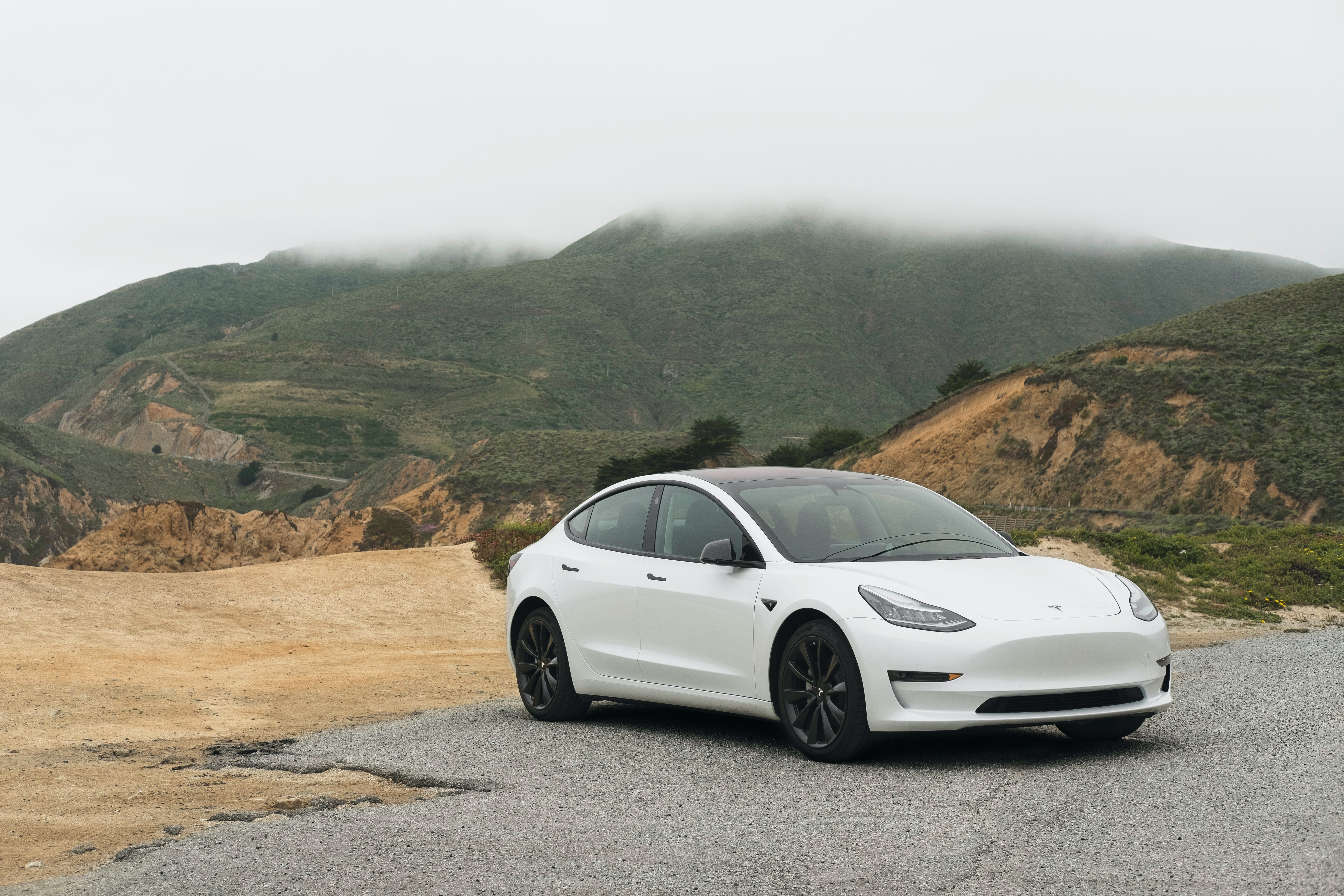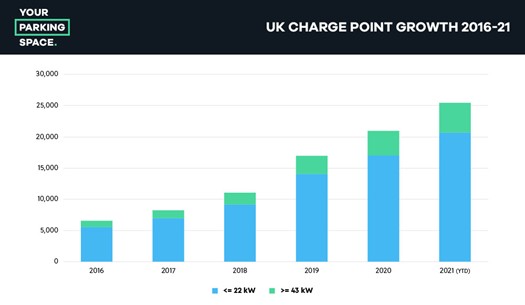
Published: 30/11/2022

A new future of motoring is coming. Back in 2008, we could all see it, like a meteorite in the far distance. Nothing but a little dot, far away. A problem for a later date.
Many of us liked to pretend that it wasn’t happening. But we all knew that one day, it was going to hit hard.
Many saw the Tesla Model’s lockbox-esque features and did everything in their power not to despair.
A few of us on the other hand, saw it as a beacon of opportunity. A chance to reverse some of the effects of climate change caused by the overuse of fossil fuels worldwide.
The Nissan Leaf, The Toyota Prius and the Tesla Model S were some of the more well-known early models of EV vehicles released since 2008, but despite their obvious technical ingenuity, they didn’t inspire hope thanks to their boxy exterior and their short battery range, not to mention just how expensive they were compared to their petrol-fuelled counterparts.
Their uninspiring design paired with the fact that access to EV charge points at the time was lacking, meant that the popularity of these potentially ground-breaking technologies stagnated very quickly.
Fast forward to 2022. Are things any different now?
Thankfully, the answer to that question is a resounding yes.
As you can see here, the number of EV charge points have dramatically improved, and the battery technology has also improved as well.

Not only that, but the initial cost of an EV (a real sticking point for many potential customers) has shrunk substantially. In fact, in the US alone, EV sales have climbed by over 40% since 2016, and more EV’s registered in 2021 than the previous five combined.
So, what exactly are car manufacturers doing?
Many mainstream manufacturers are committing to the EV, the most notable of which are Ford, Honda, Nissan and Volvo.
Ford
Ford have recently released the F-150 Lightning - an affordable, long range electric version of their best selling vehicle in the United States. Not exactly popular in the UK due to its size, but that technology will be adopted by other vehicles in the range, with Ford making the commitment to invest $22 Billion developing EV technology before 2025.
Honda
Honda have taken it one step further. The Japanese automotive giant has said they will only sell EVs and hybrids after 2022, and that 40% of its US sales will either be pure EV or hydrogen.
Hydrogen fuel cell technology is an alternative fuel source to battery electric that only a few automotive manufacturers are utilising, and while not as popular, it’s something to consider.
Nissan
As one of the pioneers of the mass-produced EV, it’s no surprise to see Nissan leading the charge. They have said that by the end of 2023, it will have eight EV models on the road, and plans to eventually be selling a million EVs every year. In early July, it announced EV36Zero, a £1 Billion Electric Vehicle Hub in Sunderland, where it will build an all-electric crossover.
The idea of the hub is to bring together EVs, battery production and renewable energy. That’s a serious investment!
Volvo
The Swedish manufacturer will make only EV’s by 2030. On top of that, by then, you will only be able to purchase EV’s from Volvo online! By 2025, Volvo have said that half their vehicle sales will be fully electric, with the other half being hybrid. That’s no small feat!
So, as you can see, in the world of the EV, technology is improving at an incredible rate, thanks to some serious investment by large and small manufacturers alike. Experts are predicting that the largest automotive markets – the UK included – will be fully electric by 2050. This will be a significant moment in history as it means that from 2050, the petrol and diesel engine will officially be flatlining.
Want to join the revolution? Take a look at our current electric vehicle stock and bid on your next vehicle today.
References
References Table available at Your Parking Space. Link: www.yourparkingspace.co.uk/insights/analysing-the-uks-ev-charge-point-growth
Popular Topics
- Buying Repossessed Cars at Auction
Repossessed vehicles sold at Copart are different to the vast range of salvage categorised...
- Your Guide to Selling a Vehicle at Online Auction
Know the options available for selling cars in an online auction...
- Guide to Buying Flood Damaged Cars at Copart
Flood damaged cars can range from CAT B Salvage to CAT N Repairable - Non-Structural...
- How to Buy an Accident Damaged Vehicle
Accident damaged cars, also known as salvage in the trade industry, or total loss (write-offs)...
- CAT S and N Salvage - All You Need to Know
Category S (Repairable Structural) and Category N (Repairable Non-structural) came in...
- Why CAT B Vehicles Are a Great Source for Parts
This guide aims to explain what Category B Breaker cars are, and why you should consider...
